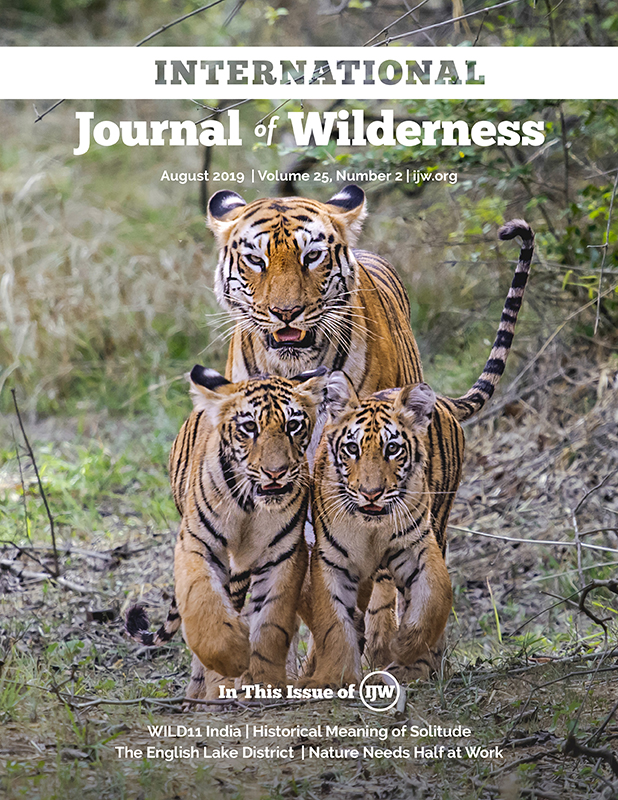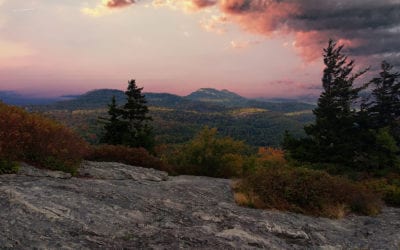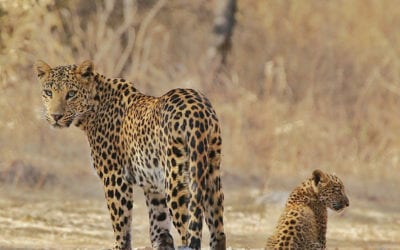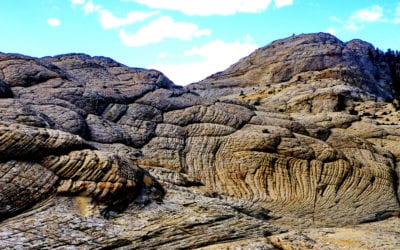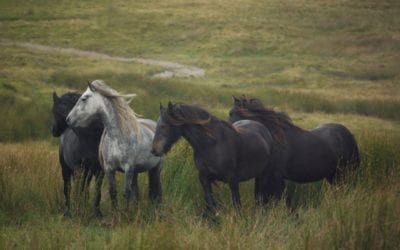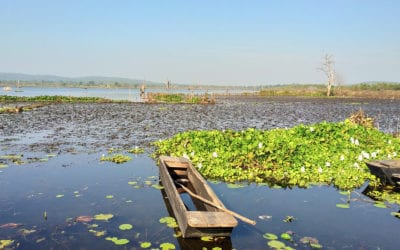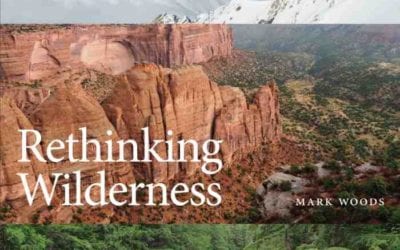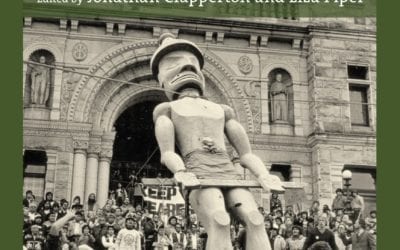Photo © Nilesh Patel
In this issue
In this issue of the IJW, Jesse Engebretson and Troy Hall explore the historical meaning of solitude and primitive recreation in the Wilderness Act of 1964. Basak Tanulku examines the English Lake District as a culturally wild landscape. We would also like to thank Dr. John Shultis, our outstanding book editor of IJW, for his long-standing contributions and service to the journal and conservation. This issue represents John’s final issue as book review editor, and we wish to express our great thanks for his tireless efforts and collaboration. Best wishes, John, for your future endeavors and adventures!
Get started by reading the articles below. You can also view and/or download the full issue at the bottom of this page.
Articles
WILD11 India: Nature-Based Solutions for Life, Livelihoods, and Love
We are pleased to tell you that the 11th World Wilderness Congress (WWC WILD11) will convene in Jaipur, India, in March 2020.
The Historical Meaning of “Outstanding Opportunities for Solitude or a Primitive and Unconfined Type of Recreation” in the Wilderness Act of 1964
The federal land management agencies responsible for wilderness stewardship in the United States play a critical role in fulfilling the Wilderness Act’s mandate to preserve wilderness character.
Jhalana: The Abode of the Urban Leopards
Imagine living in a crowded city of 3.1 million people and learning that amidst this human world, the huge buildings, the maddening crowd, and the deafening sounds lies a small, happy, and peaceful refuge where wild leopards rule.
Informing Planning and Management Through Visitor Experiences in Grand Staircase-Escalante National Monument
Managing recreational opportunities and resource use while simultaneously working to conserve unique ecosystems for future use is particularly challenging in a vast and varied landscape such as Grand Staircase-Escalante National Monument.
Perspectives of US National Park Service Employees on University-National Park Field-Station Partnerships
Field stations have provided opportunities for place-based learning in protected areas for well over a century (Lohr and Stanford 1996). Today, they continue to allow for the study of current biological problems including climate change and the loss of biodiversity (Baker 2015).
The English Lake District: A Culturally Wild Landscape
From the reintroduction of lynx and ospreys to taxing the tourists, the English Lake District is at the center of various debates on the protection of natural and cultural heritage and wildlife.
Nature Needs Half at Work: Indian Villagers Working through “COCOON”
When considering nature conservation across the globe from my lifetime of experience working with nature and people in India, I wonder why we Indians have failed to export our attitudes, including a reverence for life, to the West.
Book Review
For the last several decades, a debate has raged over whether the practice of wilderness preservation is meaningful, worthwhile, or even morally defensible in the contemporary world.
Book Review
The history of wilderness activism, like the broader history of conservation movements, has tended to focus on the impacts of the elite, “big” names such as John Muir, Aldo Leopold, etc.
View the full journal
Please note: Individual electronic access, passwords, and IP address access are intended for the subscriber only. These means of access should not be shared, posted, or distributed without the consent of the IJW team.
To download: click the button above, and then click the download button at the top left corner of the newly opened tab.

